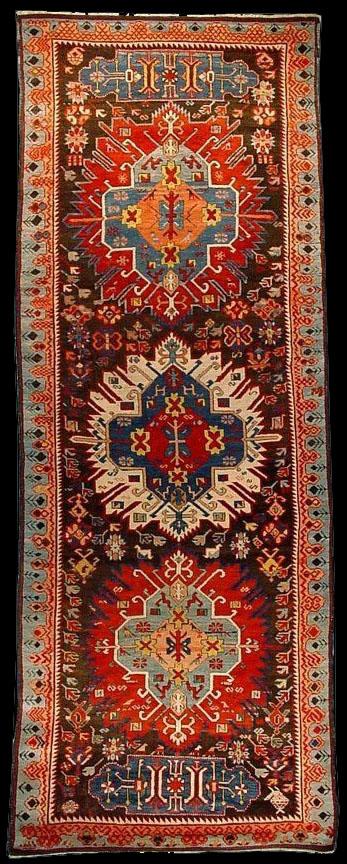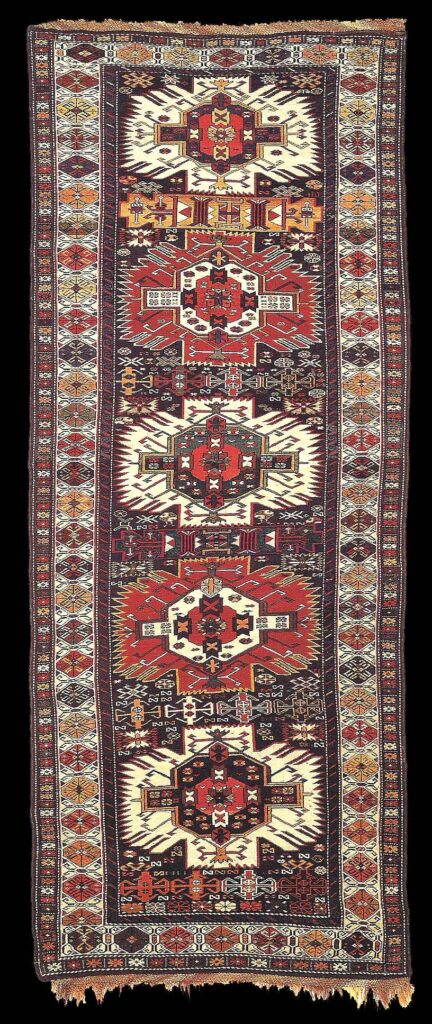Zejwa (Zeyva) Rugs
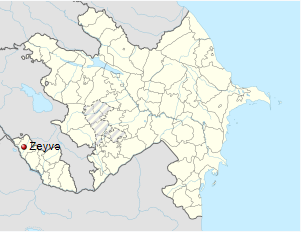
Zejwa (also Romanized as Zeyva) is a village south of Quba. Quba (also Romanized as Kuba, Guba and Kuwa) lies on the north-eastern slopes of Shahdag Mountain on the right bank of the Kudyal River. Quba is the capital of the Quba Rayon (district) of the Azerbaijan Republic, close to Dagestan.
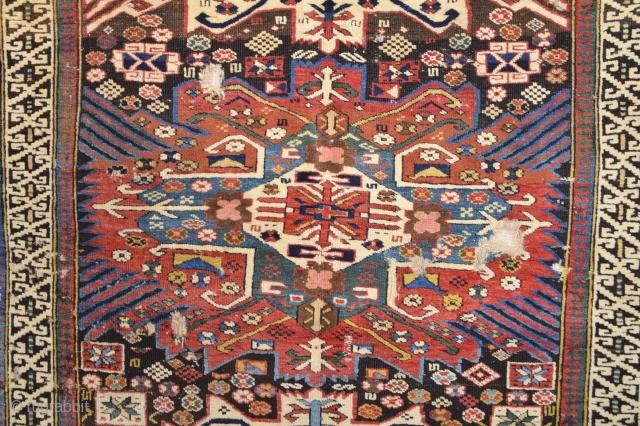
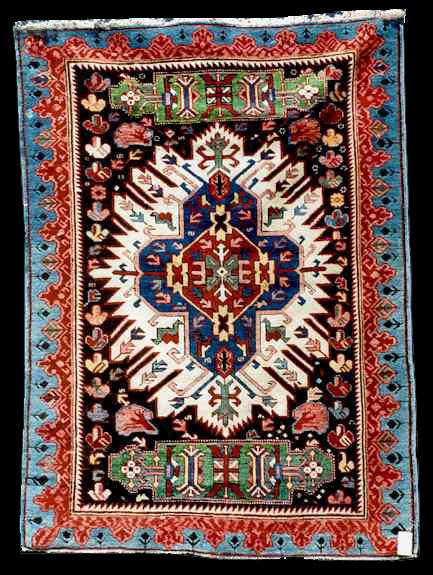

Technical aspects and the structure of Zejwa Rugs
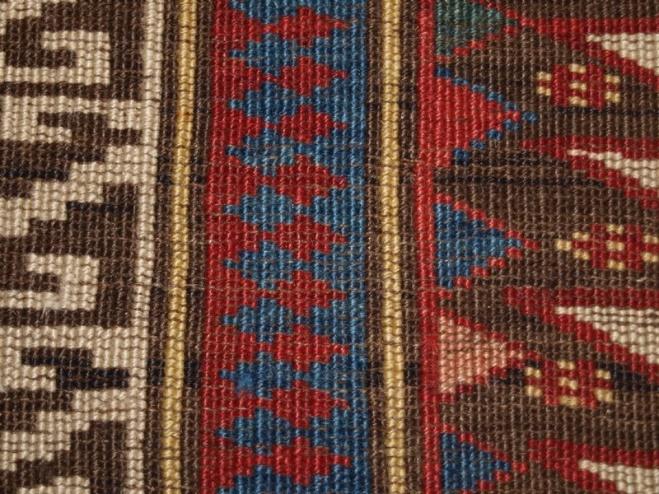
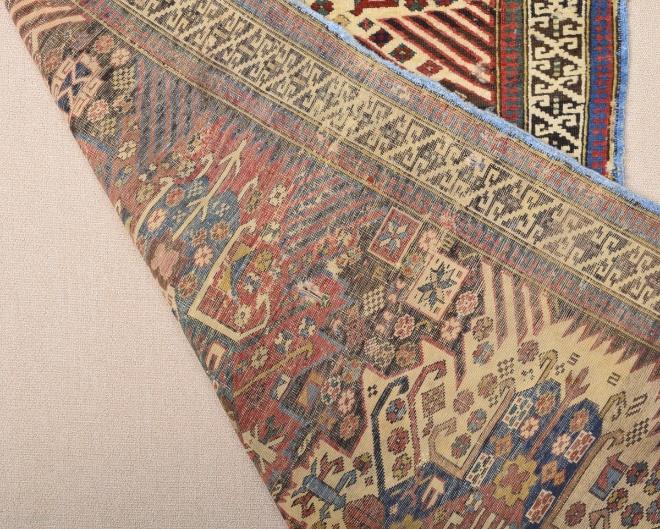
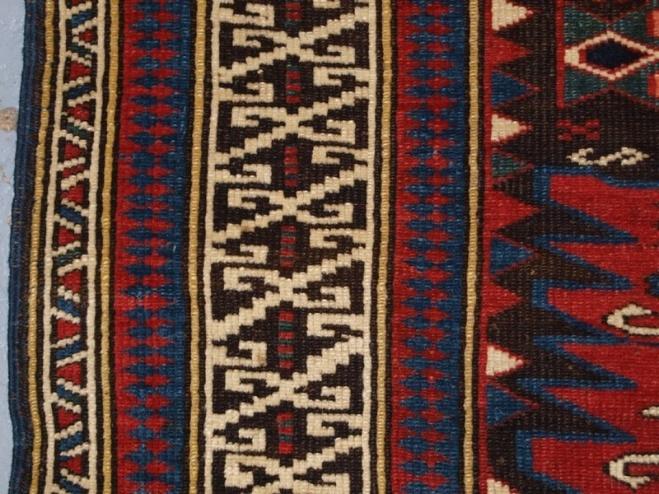
Antique rugs named after Zejwa are usually big-sized. With an average area of 40 square feet, Zejwa pieces may be the largest of Kuba rugs. They have an average knot density of 90 knots per square inch. Knots are symmetric (Turkish). Zejwa rugs’ foundation are completely woolen. Rug, carpet and runner sizes are common, including wide runners.
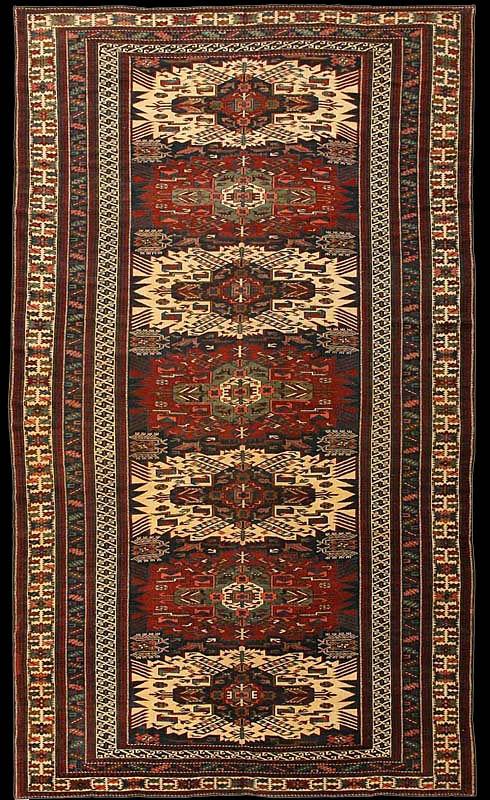
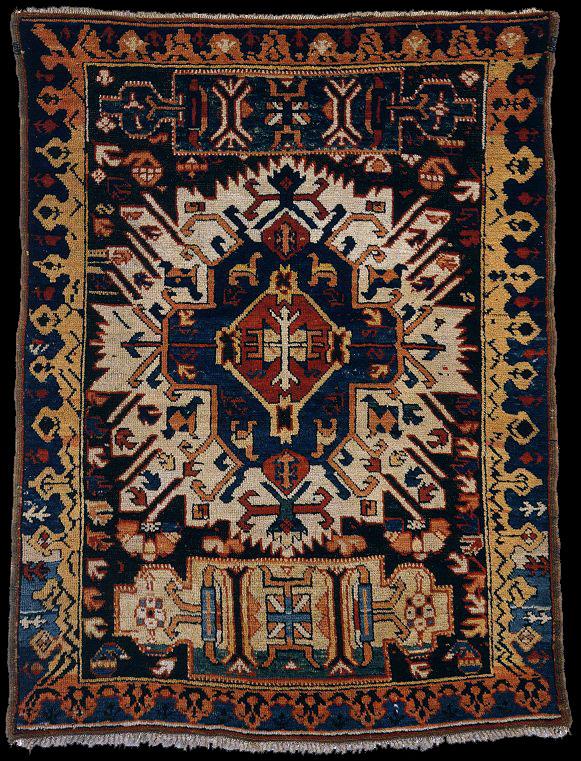

Dyeing and painting of Zejwa rugs
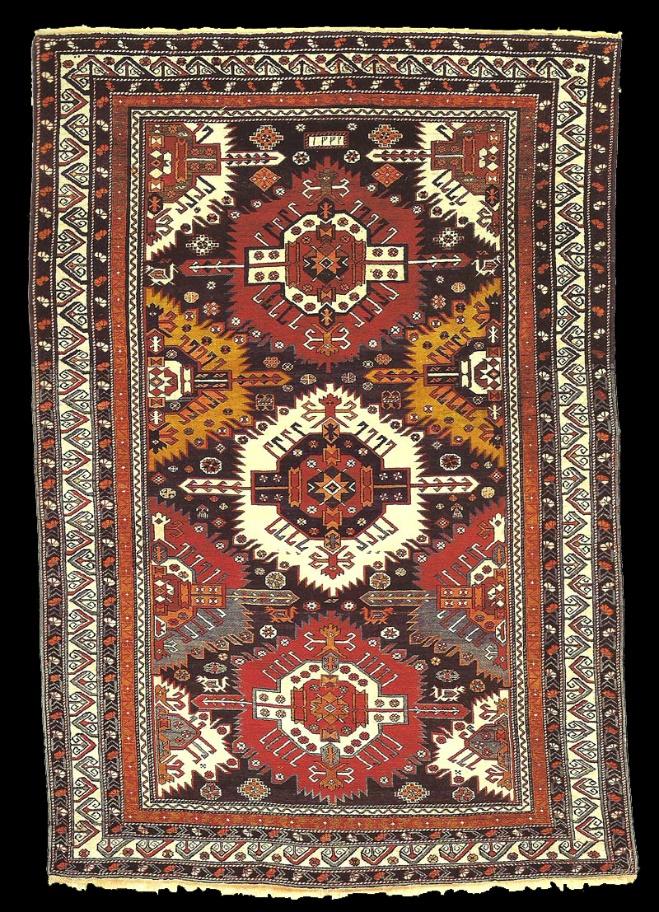
Pastel coloring and saturated hues are characteristics of all Kuba rugs including Zajwa’s. Zejwa palette is consisted of herbal and mineral dyeing as well as natural shades of undyed wool. The latter includes ivory, milky, charcoal, grey, beige, camel, khaki, etc.
Madder rose in several shades used in Zejwa carpets. Deep yellow, indigo, azure, midnight blue, pistachio, apricot, cream and dark green used artistically for both dominant and secondary colors.
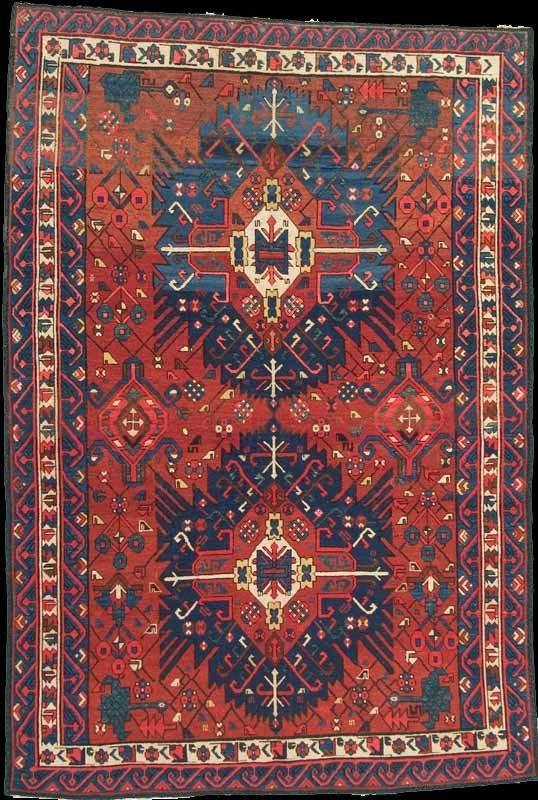
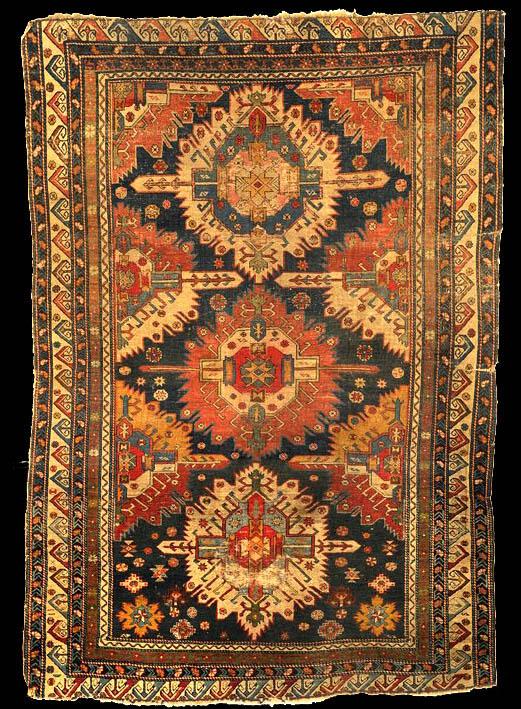
Designs and patterns of the Zejwa rugs

The medallion attributed to Zejwa consisting of a cruciform shield with radiating hooks, framed in a bigger medallion with dented outline. Some interpretations are horizontally elongated.
Zejwa designs, however, are mostly arranged in double, triple and multiple-medallioned structures. Runners are designed with four, five, six or maybe more of them. If it serves as central medallion, there would be hooked brackets, facing outwards, above and below the medallion.
Running dog and kufesque borders are used in Zejwa carpets as well as other usuall borders.
